Bali Botanical Garden
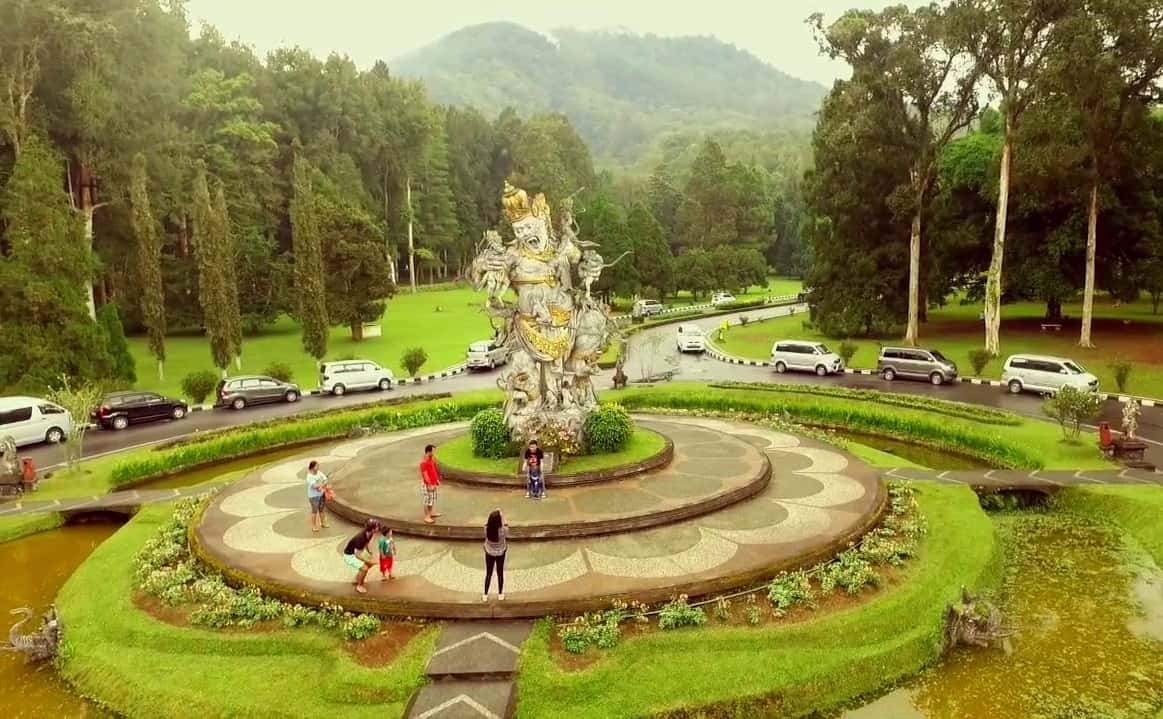
A Peaceful Retreat in the Highlands of Bedugul
Bali Botanical Garden. Bali is famous for its stunning beaches, lush rice terraces, and vibrant culture, but for those seeking a peaceful retreat into nature, the Bedugul Botanical Garden, also known as Kebun Raya Bali, is a must-visit destination. Nestled in the cool highlands of Bedugul, this expansive botanical garden offers a unique opportunity to explore Bali’s diverse plant life while enjoying the serene atmosphere of its beautiful landscapes.
In this article, we will guide you through everything you need to know if you’re planning a visit to the Bali Botanical Garden, including its location, history, what you can do during your visit, and the facilities available for visitors.
Location of Bedugul Botanical Garden
The Bedugul Botanical Garden is located in the central highlands of Bali, specifically in the Bedugul area of Tabanan Regency. Situated about 1,250 meters above sea level, the garden enjoys a cooler climate compared to the coastal regions of Bali, making it a refreshing escape from the island’s heat. The gardens are part of the larger Bedugul region, known for its scenic mountain landscapes, lush forests, and lakes, such as the iconic Lake Beratan and the nearby Ulun Danu Beratan Temple.
The botanical garden is easily accessible from Bali’s major tourist areas:
- It’s approximately a 90-minute drive from Ubud.
- A two-hour drive from the popular beach towns of Kuta, Seminyak, and Canggu.
- The garden is also on the way to the north coast of Bali, making it a popular stop for travelers heading to places like Lovina.
Due to its central location, Bedugul Botanical Garden is often included as part of a day trip to the nearby Ulun Danu Beratan Temple or to explore Bedugul’s agro-tourism farms and lakes.
About Bali Bedugul Botanical Garden
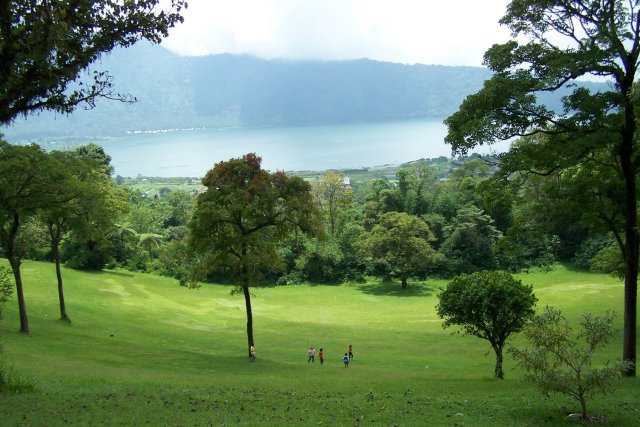
The Bedugul Botanical Garden spans 157.5 hectares (390 acres), making it the largest botanical garden in Indonesia. Officially known as Kebun Raya Eka Karya Bali, the garden was founded in 1959 and is managed by the Indonesian Institute of Sciences (LIPI). It serves not only as a recreational area but also as a center for scientific research, conservation, and education about Bali’s plant life.
The garden is home to over 2,000 species of plants, including a wide variety of tropical trees, ferns, orchids, and medicinal plants. It is divided into several sections, each dedicated to a specific type of plant or ecosystem, such as:
- Orchid Garden: Showcasing rare and exotic orchids from Bali and other parts of Indonesia.
- Fern Garden: Home to numerous fern species, some of which are native to Bali’s forests.
- Bamboo Collection: Featuring different species of bamboo, which are significant in Balinese culture and architecture.
- Cactus Greenhouse: A surprising addition to the tropical landscape, this greenhouse displays an array of cactus species from around the world.
The garden’s highland location makes it an ideal environment for cool-climate plants that are rarely found in Bali’s lowland areas. Visitors will notice the distinct temperature difference, with cooler air and mist often rolling through the garden in the morning and late afternoon.
History of Bali Bedugul Botanical Garden
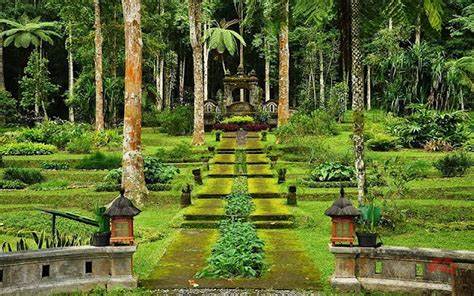
The Bedugul Botanical Garden was established on July 15, 1959, by the Indonesian government with the purpose of conserving Bali’s unique plant species and promoting scientific research in botany. Initially, the garden was relatively small and focused primarily on plants native to Bali and the surrounding islands. However, over the years, the garden expanded both in size and scope.
In its early years, the garden was known as Eka Karya Botanical Garden, with “Eka” meaning first and “Karya” meaning creation. It was named after Dr. J.C. Boorsma, a Dutch botanist who played a key role in the establishment of botanical gardens in Indonesia. The Bedugul Botanical Garden was the first and only botanical garden established after Indonesia gained independence in 1945, hence its significance in the country’s scientific and environmental history.
Since its founding, the garden has grown into a major center for plant conservation, scientific research, and environmental education. It has also become a popular destination for both domestic and international visitors seeking a tranquil escape in nature. Today, Bedugul Botanical Garden continues to serve as a hub for the study and preservation of Bali’s rich biodiversity.
What Can You Do at the Bedugul Botanical Garden
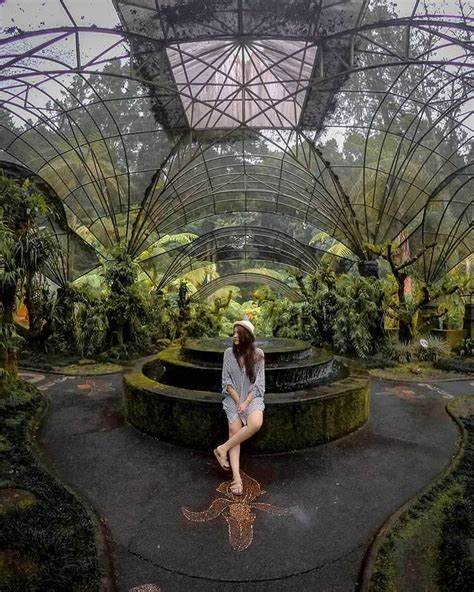
There’s plenty to see and do at the Bedugul Botanical Garden, whether you’re a nature lover, a plant enthusiast, or simply looking for a relaxing day in the cool mountain air. Here are some of the top activities you can enjoy during your visit:
1. Explore the Diverse Plant Collections
The botanical garden is home to thousands of plant species, including rare and endangered plants. As you stroll through the garden, you can explore various sections dedicated to different plant groups. The Orchid Garden is a must-visit for anyone who loves these delicate flowers, while the Fern Garden offers a peaceful walk among towering tree ferns.
The garden also has a collection of medicinal plants, where you can learn about the traditional uses of various herbs and plants in Balinese culture. The Bamboo Garden is another highlight, showcasing Bali’s native bamboo species that play an important role in local art, architecture, and ceremonies.
2. Visit the Traditional Balinese House
Within the botanical garden, you’ll find a traditional Balinese house that offers insight into Balinese architecture and daily life. The house is built using traditional materials such as bamboo, wood, and thatch, and it showcases the unique layout and design principles of a typical Balinese compound. Visitors can learn about the symbolism behind the house’s design and the importance of certain structures in Balinese culture.
3. Enjoy a Picnic or Relaxation
The sprawling lawns of the Bedugul Botanical Garden make it an ideal spot for a relaxing picnic with family or friends. Bring along a blanket and some snacks, and enjoy the peaceful surroundings as you take in the views of the mountains and gardens. There are plenty of shaded areas where you can sit back and relax, listening to the sounds of birds and the rustling of leaves in the cool breeze.
4. Adventure Activities: Bali Treetop Adventure Park
For those looking for a bit more excitement, the Bali Treetop Adventure Park is located within the grounds of the botanical garden. This popular attraction offers zip-lining and treetop obstacle courses, providing a fun and thrilling way to explore the park from above. The adventure park is suitable for all ages, with different levels of difficulty, making it a great option for families, groups, or solo travelers seeking an adrenaline rush.
5. Visit Lake Beratan and Ulun Danu Beratan Temple
The Bedugul Botanical Garden is located just a short drive from one of Bali’s most famous landmarks, the Ulun Danu Beratan Temple, which sits on the shores of Lake Beratan. After exploring the garden, visitors can take a short trip to this iconic temple and enjoy the stunning views of the lake and surrounding mountains.
6. Birdwatching and Photography
The botanical garden is a great place for birdwatching, as the diverse plant life attracts a variety of bird species. It’s also a favorite spot for photographers, with plenty of opportunities to capture the beauty of the garden’s landscapes, plants, and wildlife. Whether you’re photographing the delicate orchids or the towering bamboo, the garden offers endless inspiration for nature photographers.
Facilities of Bedugul Botanical Garden
The Bedugul Botanical Garden is well-equipped with facilities to ensure visitors have a comfortable and enjoyable experience:
1. Parking
There is ample parking available for both cars and motorbikes near the entrance of the garden. This makes it easy for visitors arriving by private vehicle or rental car to access the garden without hassle.
2. Visitor Center
The garden has a visitor center where you can obtain information about the plant collections, maps of the garden, and details about any ongoing research or conservation projects. The staff at the visitor center can also provide guided tours if you want a more in-depth understanding of the garden’s plants and history.
3. Restaurants and Cafés
There are several small restaurants and cafés within the garden and nearby, offering a variety of Indonesian and Western dishes. After a walk through the garden, visitors can enjoy a meal or a cup of Balinese coffee while taking in the peaceful surroundings.
4. Toilets and Rest Areas
There are clean restrooms and designated rest areas located throughout the garden, providing a convenient place to relax during your visit.
5. Gift Shop
The gift shop offers a range of souvenirs, including postcards, books about Bali’s flora and fauna, and locally made handicrafts. Visitors can also purchase plants and seeds as mementos of their visit to the botanical garden.
6. Picnic Areas
Designated picnic areas are available throughout the garden, making it a perfect spot for visitors to enjoy a meal in the fresh mountain air. These areas are shaded and equipped with picnic tables, offering a comfortable place to relax and take in the natural beauty of the garden.
The Bedugul Botanical Garden is a hidden gem in Bali’s highlands
, offering a peaceful escape into nature and a chance to explore the island’s rich biodiversity. Whether you’re a plant enthusiast, a nature lover, or simply looking for a serene place to relax, the botanical garden provides something for everyone.
With its diverse plant collections, educational opportunities, and nearby attractions such as Lake Beratan and Ulun Danu Temple, a visit to the Bedugul Botanical Garden is a rewarding experience for both locals and tourists. The cool mountain climate, stunning landscapes, and well-maintained facilities make it a must-visit destination for anyone traveling through Bali’s central highlands.


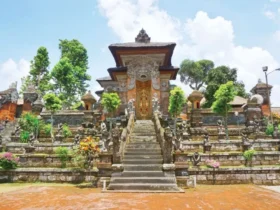




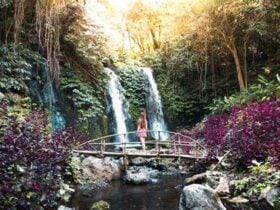
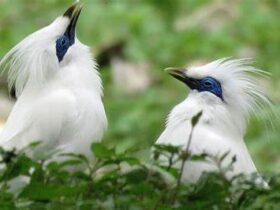
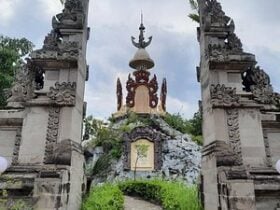
Leave a Review